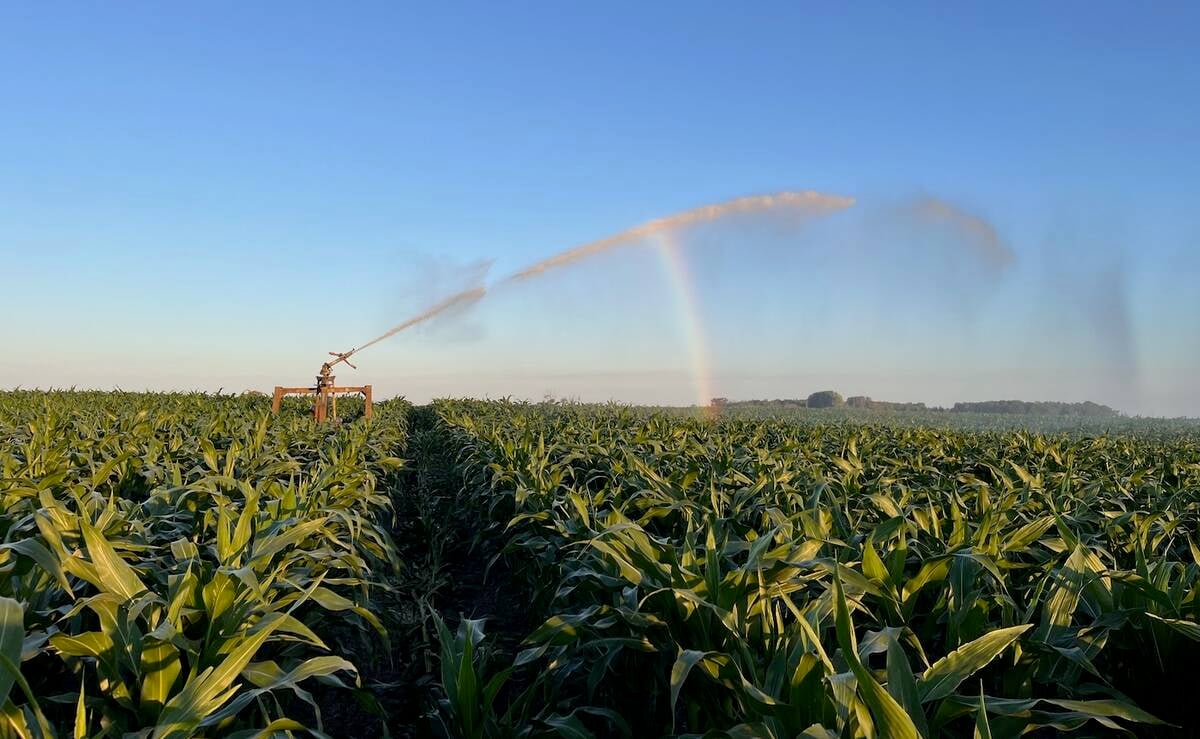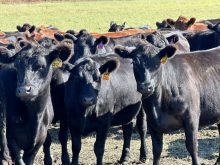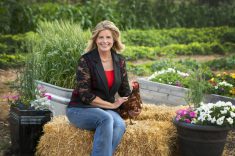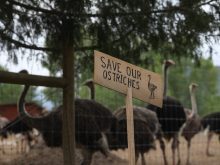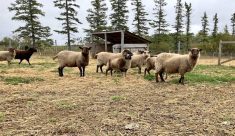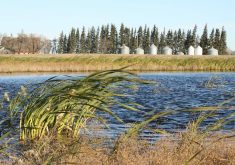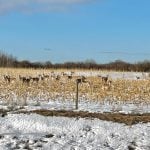RJ Sigurdson, Alberta’s Minister of Agriculture and Irrigation has received a new mandate letter from Premier Danielle Smith, which includes directives to reduce red tape in Alberta’s agriculture industry.
“Any time you’re appointed as a minister by the premier, the premier’s job is to be able to set mandates for her ministers,” said Sigurdson, MLA for Highwood.

Sigurdson said his new mandate letter looks a lot like his previous one, but there is a new piece added.
“We’re working on a lot of initiatives that were originally put forward to me by the premier, but she has added a very important piece, a piece that both her and I have been talking about for some time,” said Sigurdson.
Read Also
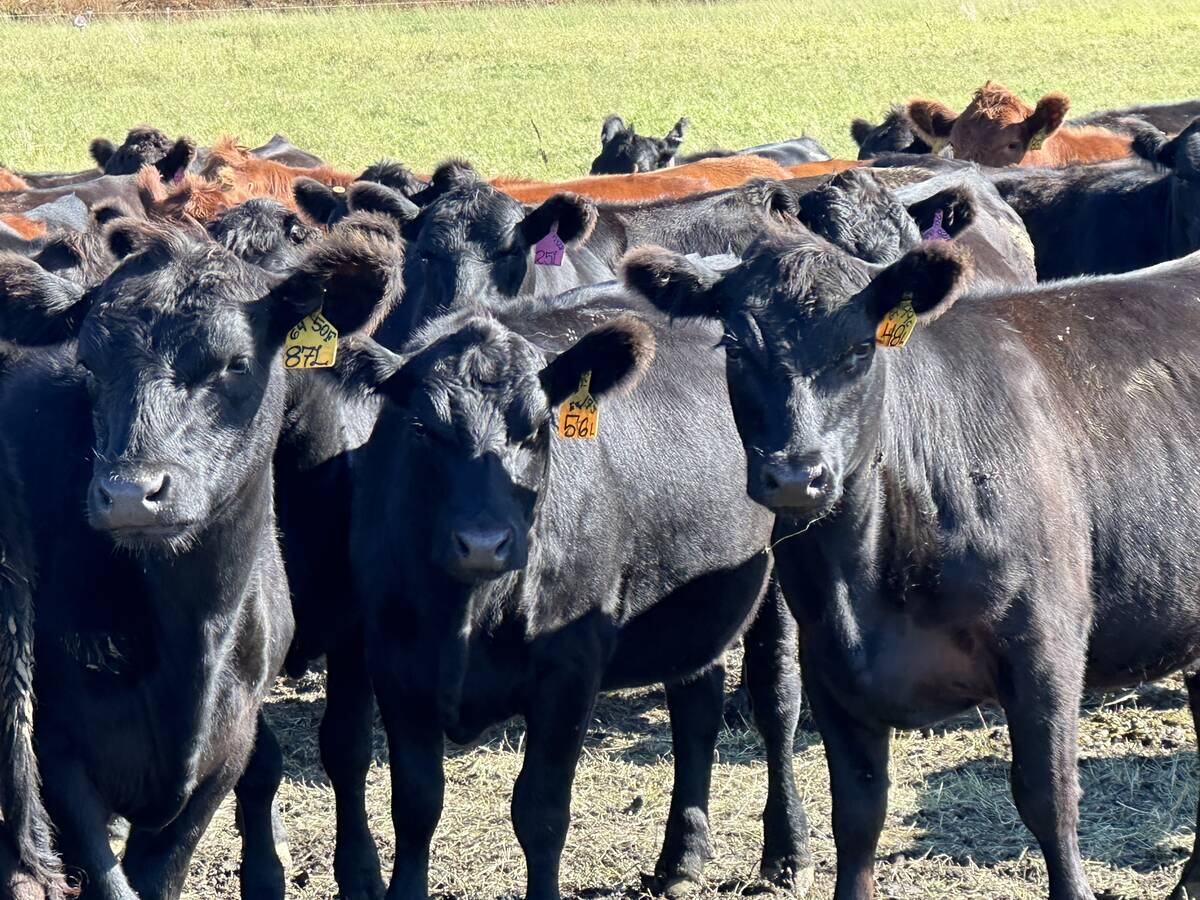
Want to track the cattle industry? Follow the heifers
Beef specialists examine key indicators in Canadian market for growth patterns in cattle markets
This piece is the Alberta Agriculture First legislation, which will allow for regulatory changes to reduce unnecessary red tape that could be harming the competitiveness of Alberta agriculture and agri-processors.
“I’m excited to have that in my mandate letter,” said Sigurdson.
To prepare for the Alberta Agriculture First legislation, Sigurdson has been meeting with stakeholders, ranging from beef and bison ranchers to grain and canola producers.
“It was clear to me that there are some limiting factors that have crept into our legislation, regulations or even right down to the municipal level, that really cause a lot of uncertainty and some pressure that is hurting the competitiveness of our farmers and ranchers to be able to do what they do best,” he said.
“Now that I formally have this in my mandate letter, I’m going to be sitting down with and re-engaging with all my agencies, boards, commissions, farmers and ranchers right at the farm gate, to have conversations about what we can do better here in Alberta and bring forward a piece of legislation that not only improves the regulatory processes we have here in the province, but can also provide clarity and protections for normal farming practices, day-to-day practices, to ensure that those don’t get affected by any other changes down the road for the future.”
This will provide the predictability farmers and ranchers need to be successful, he said.
One example of a bureaucratic barrier that exists right now is water transfers.
“When I’m looking at a lot of farmers and ranchers, all they’re trying to do is transfer one water license from one quarter section over to another quarter section,” he said. “That is a limiting factor.”
“When we look at how important agriculture is, and especially how important water is through irrigation or dugouts for livestock, we should reconsider that.”
Sigurdson is concerned about municipal encroachment.
“We’re a fast-growing province,” he said. “We’ve seen a lot of municipalities continue to grow and grow fast, and they’re growing into agricultural areas.”
Sigurdson said he has seen conflicts at the municipal level, such as a farmer wanting to harvest at 3:00 a.m., up against a municipality with houses.
“There have been issues that have arose from that,” he said.
“That’s where I bring into the conversation the need to be able to protect agricultural practices so our farmers and ranchers know they’re going to be able to do what they need to, when they need to, in order to be able to manage the crops and our livestock,” he said.
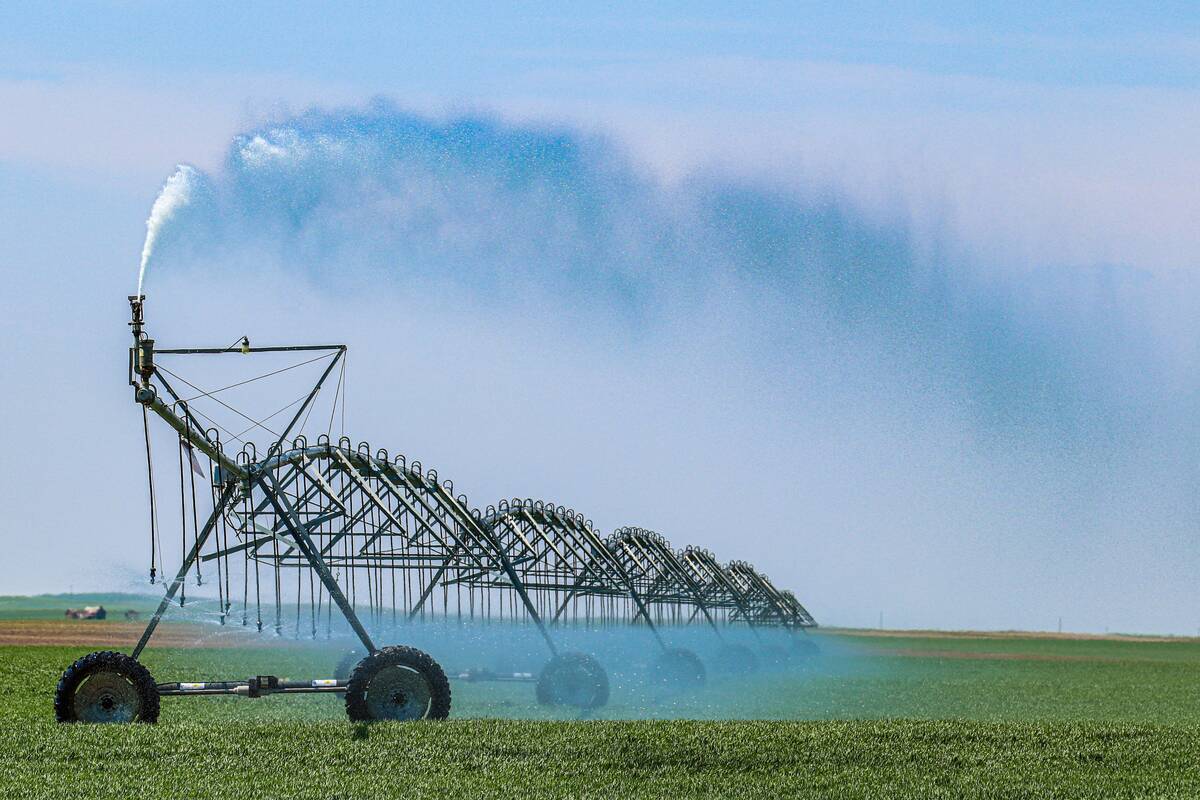
Another item in the mandate letter directs the minister to modernize and continue to expand the province’s irrigation infrastructure. Alberta is home to the most irrigated acres in all of Canada, with multiple systems and irrigation districts. Irrigation south of Calgary can go as far east as Brooks, as far as Taber/Warner and all the way to Pincher Creek and the Old Man River Dam.
“We’re very excited about the $933 million dollars targeted towards irrigation modernization projects. A lot of these projects involve taking open canals and converting them into piping, which reduces water loss and increases efficiencies,” he said.
These changes in the irrigation districts could enable the districts to open thousands of new acres for irrigation, because of efficiencies gained by moving from open canals and dykes into pipe systems.
Moving water into closed piping prevents water seepage, loss and evaporation.
“They can irrigate more acres with their current water allocations because it’s directly applied,” said Sigurdson.
“There are thousands of kilometres of irrigation piping in canals through the southern area of the province, where we’ve seen a massive benefit in that irrigation, because, of course, that is the part of the province where we normally see more drought-related conditions.”
“It provides an ability for farmers to be able to farm land and turn it into highly productive land and grow a lot of speciality crops that would not be possible without that infrastructure.”
Alberta Environment and Protected Areas also has a mandate to improve irrigation and work closely with Alberta Agriculture and Irrigation.
“Environment and Protected Areas controls the water and the water licenses, and through Agriculture and Irrigation, we’re in charge of operating the infrastructure that controls water throughout the province,” said Sigurdson.
“Through my budget, I was giving $5 million to move forward feasibility studies to be able to look at possible reservoir projects that are going to help expand irrigated acres and continue to grow our agricultural sector.”
Two of the feasibility studies will be implemented in two of the most prominent irrigation districts so those districts can be added into a capital infrastructure plan down the road.
Sigurdson’s mandate letter encourages him to prioritize long term soil health and biodiversity and ensure farmland remains productive for generations.
“It’s something our farmers and ranchers are extremely passionate about,” he said.
“Through investments and research, through RDAR (Results Driven Agricultural Research) that we fund, as well as additional moves this government has made to look at the potentials of biodigesters for offering an alternate fertilizer source and investments and partnerships with our post-secondary schools, we’re seeing a lot of new research in soil health, and that’s going to be key to our farmers continuing to be successful,” he said.
The government signed a memorandum with Alberta Grains this year and will continue to promote the continuation of no-till and cover crops.
“All of these things fit into soil health and biodiversity. This is a key to the future of agriculture,” he said.
Alberta Agriculture and Irrigation is also looking for opportunities to improve the climate for investment in fertilizer production in Canada.
“The more investment we see, the more growth in that sector will mean better fertilizer pricing,” he said. “As well as looking at additional opportunities on other types of fertilizers, whether they are phosphate based or organic based in order to make sure our farmers have everything they need to be productive in the current climate,” Sigurdson said.
Agri-processing and value-added agriculture are also included in the letter.
“Over the past two years, we’ve seen a record $3.8 billion worth of investment in agri-processing and value-added. I think there is an incredible potential to continue to maximize on, so it allows our farmers to be able to sell into domestic markets, whether it be canola crushing, biofuels or sustainable aviation fuel,” he said. These value-added options, and many others, have added 1,800 jobs to Alberta’s economy. These jobs are high paying, long-term jobs located in rural Alberta.
“This is something I’ve been excited about. We’ve seen massive investments from McCain Foods to the Little Potato Company, to the Imperial Oil biodiesel facility. I’m very excited to work on travelling the globe, explaining to our global trading partners, how not only does Alberta have the highest quality commodities in the world, but we’re also one of the best, most competitive tax regimes for people to invest in and locate agri-processing facilities here in the province,” he said.


